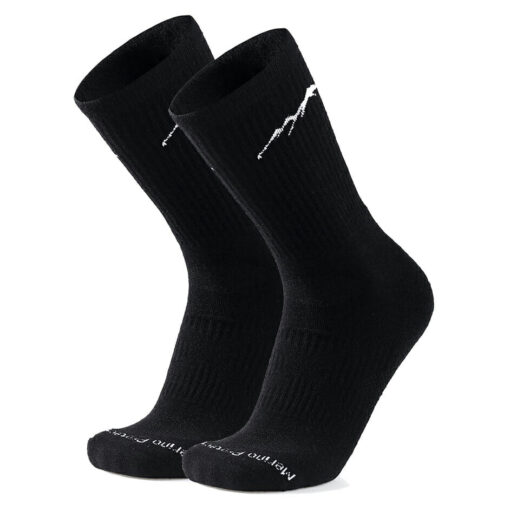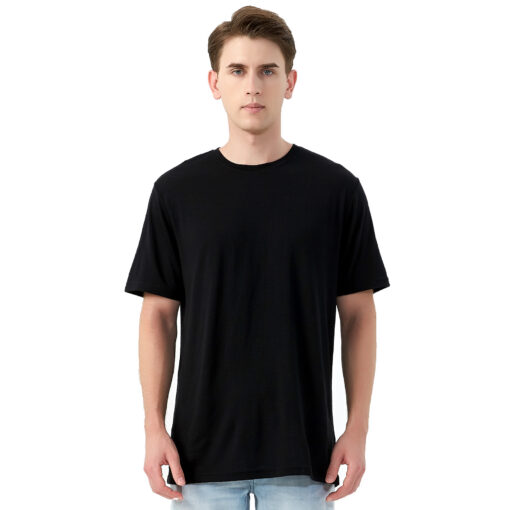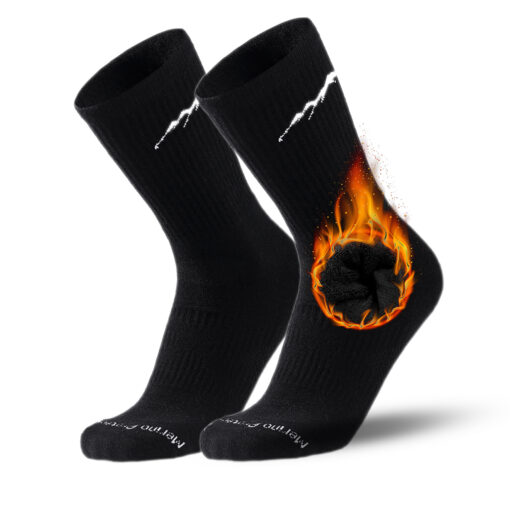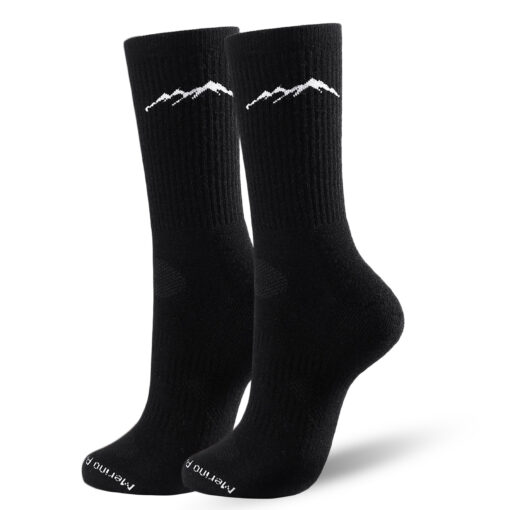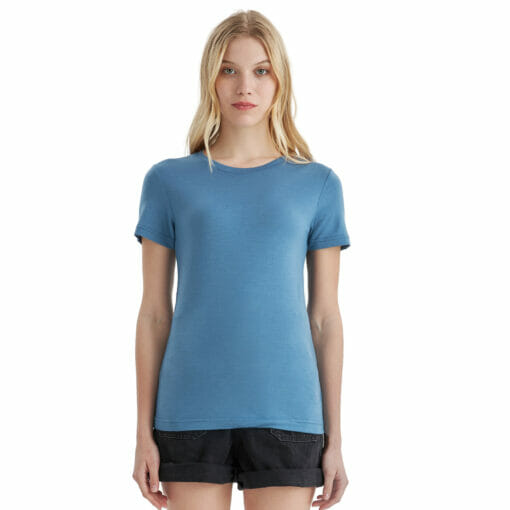No products in the cart.
Outdoor Survival Tips and Tricks
Merino Wool Vs Fleece | Which is More Warmer?
When it comes to choosing the suitable fabric for outdoor activities and cold-weather gear, two popular options are often debated. Both fabrics offer unique benefits and are widely used in the industry.
However, there are some key differences between Merino wool vs Fleece that may sway your decision. Merino wool is known for its softness, warmth, and natural moisture-wicking properties, while fleece is valued for its lightweight and quick-drying qualities.
In this article, we will explore the differences between fleece and Merino wool garments so you can decide which fabric best suits your needs. Let’s talk about Is Merino wool warmer than fleece.
Understanding Merino Wool and Fleece.
When it comes to choosing the suitable fabric for your winter wardrobe, Merino wool vs Fleece are two popular options that offer warmth, comfort, and style. But what exactly are Merino wool and fleece, and how do they differ? In this part, we’ll explore the unique qualities of each fabric, helping you make an informed decision for your winter clothing needs.
What is Merino Wool?
Merino wool is a type of wool from Merino sheep, known for their fine, soft fibers. These fibers make Merino wool incredibly soft and comfortable to wear against the skin.
Unlike traditional wool, which can be itchy and heavy, Merino wool t-shirt is lightweight and breathable, making it an ideal choice for sensitive skin or allergies.

Furthermore, Merino wool has excellent moisture-wicking properties, meaning it can absorb and release moisture, keeping you dry and odor-free. One of the standout features of Merino wool is its natural insulation and the care it deserves.
The fibers have a crimped structure, creating millions of tiny air pockets that trap heat and provide exceptional warmth. This natural insulation, combined with proper Merino care, makes Merino wool an excellent choice for outdoor activities, as it can keep you warm even in freezing temperatures.
Despite its warmth, Merino wool is also temperature-regulating, meaning it can keep you cool in warmer conditions by wicking away moisture and allowing your body to breathe. Taking good care of your Merino wool garments ensures they maintain their performance and longevity.
What is Fleece
The fleece fabric is made from polyester fibers. It was initially developed as a lightweight alternative to wool, offering similar warmth without the bulk.
Fleece is known for its softness and ability to retain heat, making it a popular choice for cozy winter garments. One of the main advantages of fleece is its exceptional insulation properties.
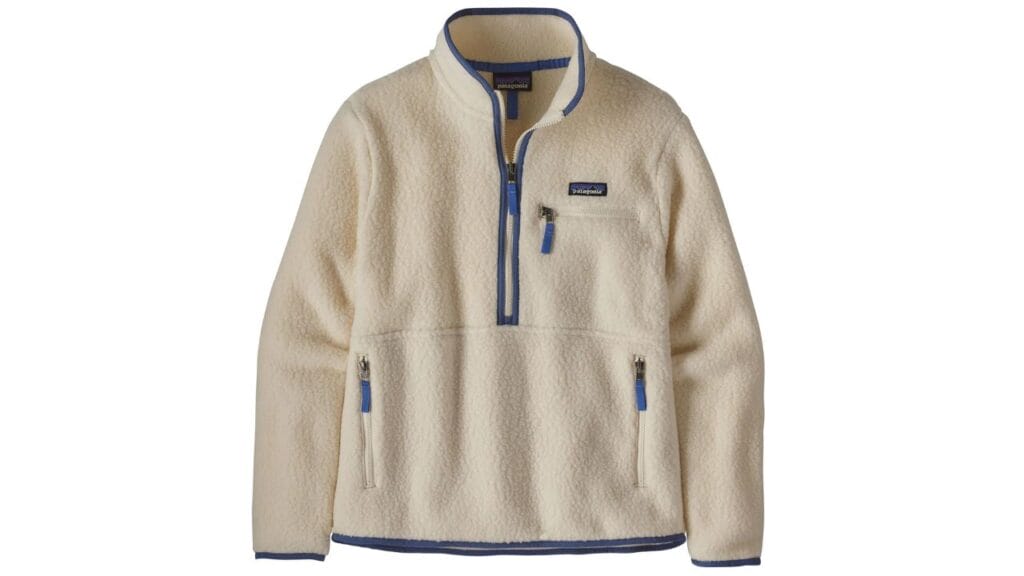
The fabric has a high warmth-to-weight ratio, meaning it offers excellent insulation without adding excessive bulk or weight to your clothing. Fleece is also quick-drying, making it an ideal choice for outdoor activities or sports where moisture management is crucial.
Despite its softness, Merino wool is surprisingly durable than fleece. Its fibers are wonderful and strong, making it resistant to wear and tear. This means your Merino wool clothing will last longer and retain its shape and quality even after multiple washes, saving you money in the long run.
While Merino wool and fleece have unique advantages, they have some differences that may influence your choice. Merino wool is a natural fiber, whereas fleece is synthetic.
Some people prefer natural fibers for their durability and eco-friendliness, while others appreciate the durability and performance of synthetic materials. Merino wool tends to be more expensive than fleece, but its softness and luxurious feel may justify the investment for those seeking maximum comfort.
Ultimately, both Merino wool and fleece are excellent choices for winter clothing, offering warmth, comfort, and style. Merino wool stands out for its natural insulation, moisture-wicking properties, and temperature regulation, making it an ideal option for various activities and climates.
Wool Vs Fleece Warmth: Which is Warmer?
A key factor when comparing fleece vs wool difference is which fabric insulates better, as body heat provides warmth. In the absence of rain or wind, both wool and fleece effectively retain heat.
However, if you find yourself caught in the rain, wools like Merino offer better initial insulation due to their natural water-repellent property called lanolin.
Nonetheless, it takes significant time to dry once the wool becomes soaking wet. On the other hand, fleece becomes saturated with rainwater more quickly than wool, rendering it useless as an insulating layer when wet.
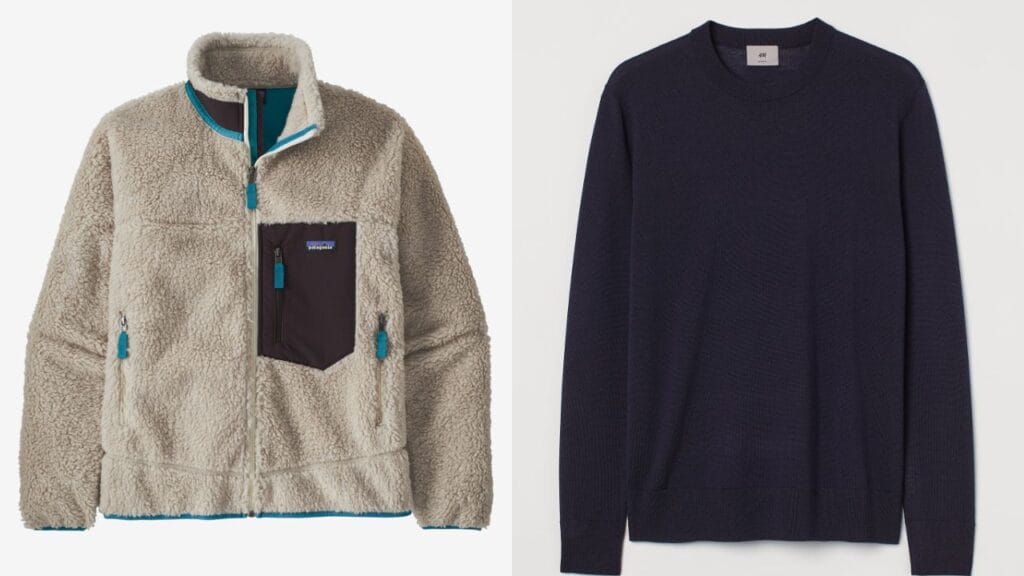
However, fleece can dry out much faster once you find shelter from the rain. In terms of wind insulation, wool generally provides better protection unless you opt for a fleece garment with integrated wind-resistant insulation.
Merino wool is the ultimate choice when it comes to comfort, style, and functionality. Whether you’re an outdoor enthusiast or simply looking for clothing that provides superior insulation, merino wool is the answer.
You can find a wide range of high-quality merino wool products at Merino Protect. From cozy sweaters to durable socks, they have everything you need to experience the benefits of merino wool firsthand. Don’t settle for anything less than the best.
Conclusion.
The comparison between Merino wool vs Fleece reveals that both materials have their unique qualities and advantages. Merino wool is a natural fiber known for its exceptional warmth, breathability, and moisture-wicking properties.
It is also hypoallergenic and odor-resistant, making it an excellent choice for outdoor enthusiasts and those with sensitive skin. On the other hand, fleece is a synthetic material with excellent insulation, lightweight comfort, and quick-drying capabilities.
Ultimately, the choice between merino wool and fleece depends on personal preferences, specific needs, and the intended use. Whether you prioritize natural fibers or prefer the convenience of synthetic materials, both options provide suitable options for keeping warm and comfortable in various outdoor activities.
FAQs
How Do You Get Wrinkles Out of Merino?
Use a clean towel or cloth over the wrinkled area to remove wrinkles from merino fabric. Use a steamer or a handheld garment steamer to gently steam the fabric, moving the steamer in a sweeping motion. Avoid pressing the steamer directly onto the fabric to prevent any damage.
Do You Iron or Steam Merino Wool?
Merino wool is best steamed rather than ironed. Ironing can potentially damage the delicate fibers of the wool and lead to unwanted creases or shiny spots.
On the other hand, steaming helps remove wrinkles and freshen up the fabric without causing any harm. When steaming merino wool, make sure to use a garment steamer or a handheld steamer.
Merino Wool Vs Fleece Base Layer: What’s Better?
Merino wool and fleece jackets both have their own advantages. Merino wool is known for its natural insulation properties, regulating body temperature while being lightweight and breathable.
Fleece jackets, on the other hand, are great for providing warmth and trapping heat, but they may not be as breathable as merino wool. Ultimately, the choice between the two depends on personal preference and the wearer’s specific needs.
Can 100% Wool Be Ironed?
Yes, 100% wool can be ironed. However, it is important to use a low heat setting and place a pressing cloth between the iron and the wool to avoid causing damage or shrinkage. It is recommended to check the care instructions on the garment before ironing.
Read More

